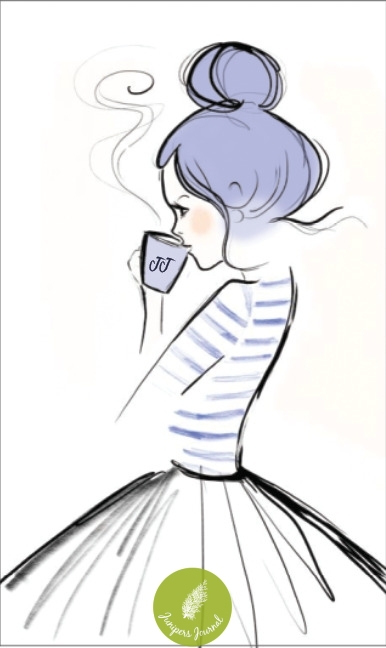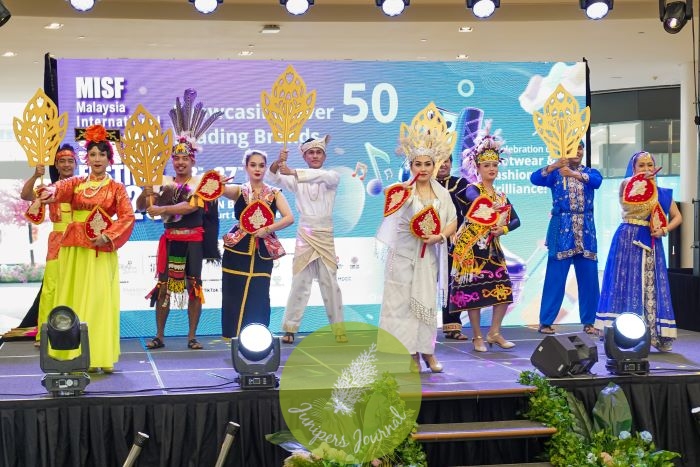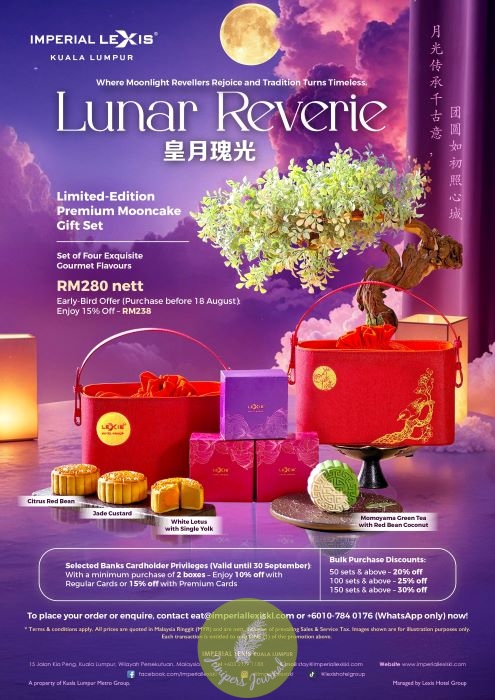

In the decades following Malaysia’s independence in 1957, many Malaysians looked westward, pursuing further education in Europe and the United States. Upon returning, these individuals shared their newfound experiences of Western lifestyles with family and friends, creating a generational shift away from local traditions. As the trend continued, the younger generation, having spent years overseas, returned with a weakened connection to their heritage, leaving them feeling culturally adrift. However, a wave of renewed interest in Malaysia’s rich cultural history is now gaining momentum, marking a resurgence of pride in the nation’s identity.
In recent years, cultural initiatives such as Keretapi Sarong have helped reinvigorate interest in Malaysia’s traditional heritage. Organized by LOCCO, a non-governmental organization (NGO) established in 2012, Keretapi Sarong encourages young Malaysians to don traditional attire while traveling on public transport. What began as a modest effort has grown exponentially, with the most recent event drawing over 15,000 participants across Kuala Lumpur, Ipoh, Kuala Terengganu, Johor, and even London. This movement has captured the imagination of young people seeking to rediscover their roots, driven by a desire for authenticity and a need to reconnect with their cultural identity.

The success of historical films like Mat Kilau—despite mixed reviews—demonstrates a growing appetite for stories rooted in Malaysia’s past. The film’s record-breaking box office performance reflects a rising awareness of the importance of heritage, signaling a broader movement towards cultural appreciation.
A key moment in this cultural revival occurred in 2022, when Samyama Sdn Bhd organized an extraordinary exhibition of Malay textiles in Kuala Lumpur. Showcasing 12 distinct categories of textiles from across the Malay world, the exhibition highlighted the beauty and craftsmanship of these traditions, sparking a significant increase in interest from vendors, collectors, and everyday Malaysians. Since then, traditional attire has become more prevalent at weddings and social events, with a renewed sense of pride in wearing kebaya and other traditional garments.

The upcoming UNESCO decision on whether the kebaya will be inscribed on the Representative List of Intangible Cultural Heritage has only intensified the enthusiasm. Peranakan communities, in particular, are embracing the resurgence of the sarong kebaya, once a common sight in their family wardrobes, now seen as a symbol of cultural pride.
Kuala Lumpur City Hall (DBKL) and Think City, and other stakeholders are collaboratively working to transform Kuala Lumpur as Creative and Cultural District, focusing on participation and revitalisation. In support of Malaysia’s artisans and cultural heritage, they are driving and supporting initiatives that celebrate the confluence of culture, communities and spaces. As part of this movement, and in conjunction with the inaugural Kreatif KL Festival, renowned textile expert John Ang of Samyama has been mandated by Think City and DBKL, with support from the Ministry of Finance to present to showcase his remarkable collection of antique textiles at Semua House on Jalan Masjid India. This effort, alongside ongoing efforts by the communities and stakeholders, marks a vital step in restoring the area’s status as Kuala Lumpur’s key fashion and textile hub.

John Ang’s exhibition, Limar and Songket – The Textiles That Link The Malay World (Part I), tells the story of Malaysia’s rich textile heritage, illustrating the deep connections between the Malay world and regions such as India, Thailand, Persia, China, Arabia, Turkey, Japan, and Indonesia. These textiles are symbols of cooperation, cultural exchange, and shared craftsmanship, with many of these connections having faded from memory over time.
The exhibition aims to remind Malaysians of the shared heritage that connects them to a broader cultural world, encouraging visitors to explore the beauty and complexity of Kain Limar and Songket. In the context of modern Kuala Lumpur, the exhibition serves as a metaphor for the city’s diversity and growth. Like the tree of life, Kuala Lumpur’s uniqueness is rooted in its cultural diversity, which must be nurtured and preserved to ensure the city’s vibrant future.









